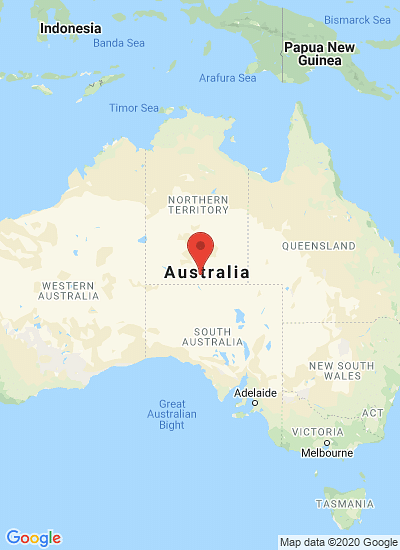Key recommendations of the Guidelines include:
- People should eat a variety of nutritious food;advice that has not changed over many years, but is now reinforced with stronger scientific evidence.
- Most Australians need to increase our intake of vegetables, fruit, whole grain cereal foods, and milk products- particularly reduced fat varieties.
- Some population groups need to eat more of some food groups and less of others. For example, some women who consume an omnivore diet may benefit from eating more red meat, while some adult males may need to reduce their consumption.
- Most Australians may benefit from reducing excessive intake of energy-dense nutrient-poor foods and drinks which are high in saturated fat, salt and added sugar, particularly sugar sweetened drinks, if we are to tackle obesity and diet-related chronic disease.
To provide feedback or for more information you can visit: www.eatforhealth.gov.au
The new guideline has already angered potato growers in Australia as the document suggests to reduce the consumption of potatoes. Here are some "practical considerations"the report offers regarding vegetables and fruits:
Consuming at least five serves of vegetables per day (75g per serve) is recommended for Australian adults, while amounts recommended for children and adolescents depend on their age and sex.
The most recent dietary surveys show that consumption of vegetable and legumes/beans in Australia is generally less than half that recommended for adults and children, and the mix of vegetables consumed also needs to be addressed.
To meet the recommended food group intakes, most adults should increase their total consumption of vegetables by more than 30%. A 30% increase in intake of green and Brassica vegetables, 140% in red- and orangecoloured vegetables and 90% in other vegetables would be optimal, while consumption of starchy vegetables needs to decrease by 40%.
Replacing potatoes with other vegetables would increase the variety of vegetables consumed and provide additional health benefits.










